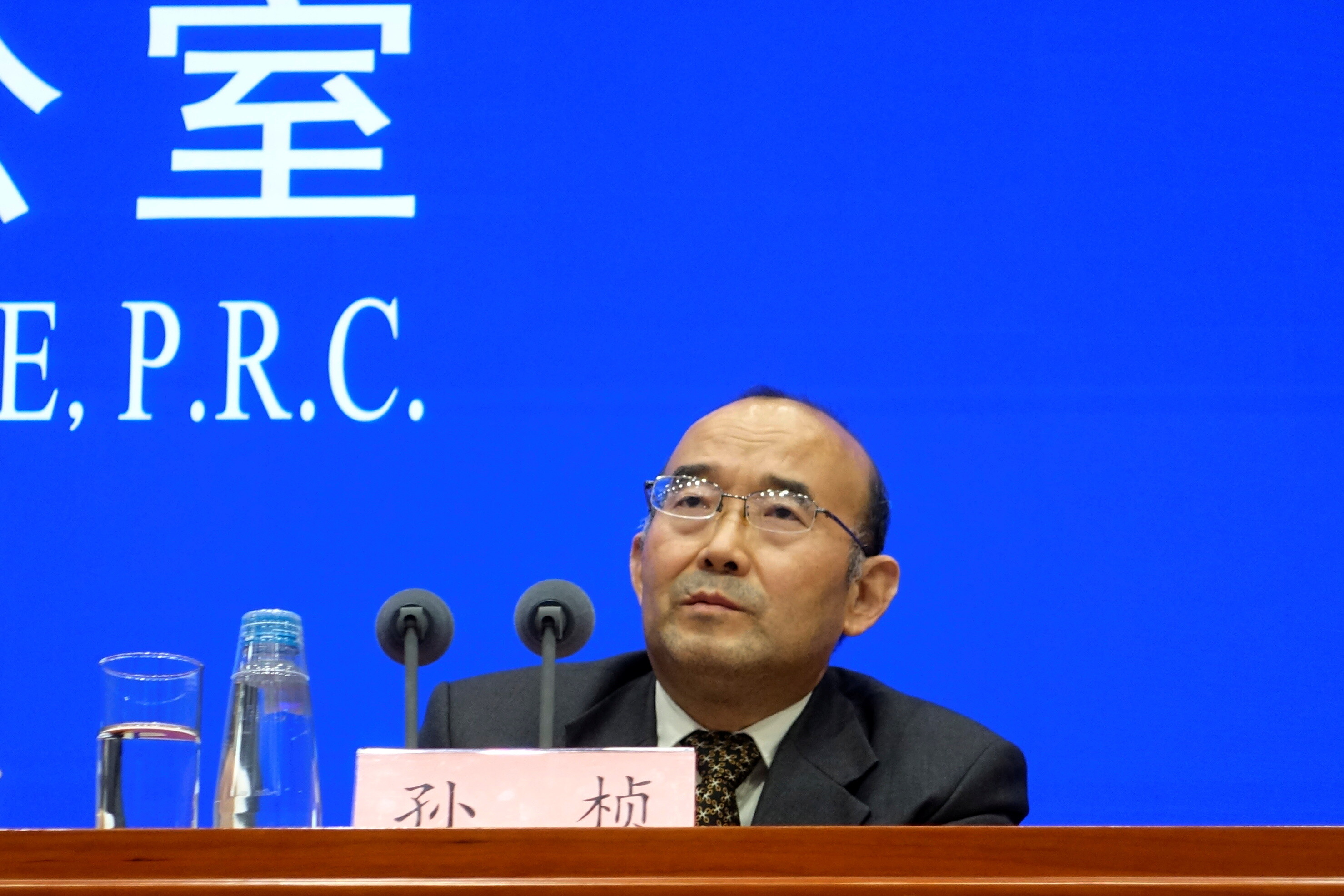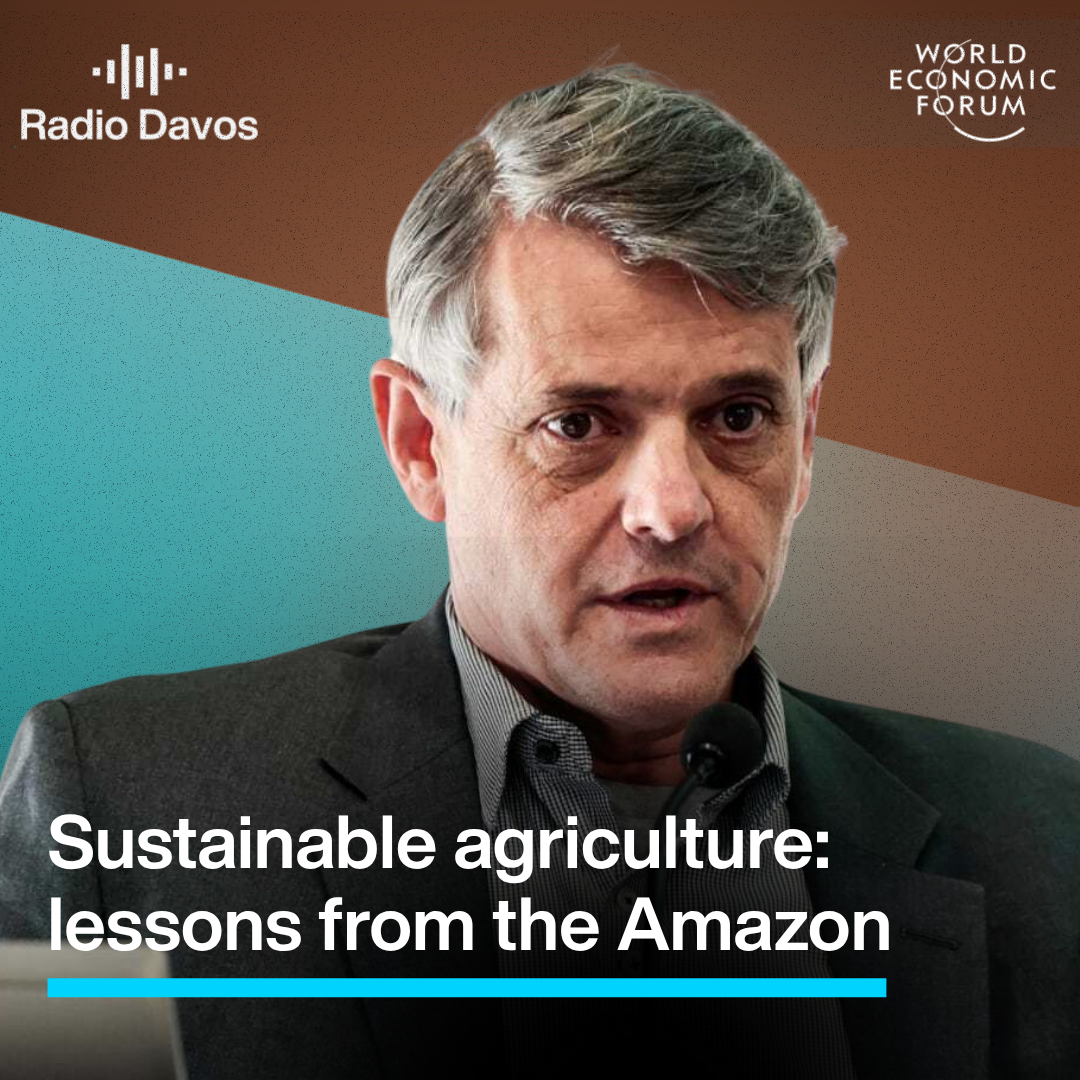How can micro hydropower plants increase electricity access?

This article was originally published on The World Bank’s End Poverty in South Asia blog.
Fifteen years ago, I started a new job in the Sindhupalchowk district in Central Nepal. I was working in the rural energy development section of the District Development Committee and supervised technical support for micro hydropower plants (MHPs) in the area.
My job also entailed reaching out to local communities and ensuring they were deeply involved, from installation to maintenance, in bringing micro hydro to their villages.
During my time in Sindhupalchowk, I witnessed firsthand the dramatic and positive changes hydro-powered electricity brought to people’s lives: houses lit up, radio and television sets came to life, mobile phones were easier to use, schools could run computer classes, small-scale enterprises flourished, and shops stayed open longer and offered more products. Moreover, the newly generated power contributed to improving the working conditions of women employed in local agro-processing mills as mechanical automation replaced labour-intensive manual processing.
For remote rural households not connected to the grid, MHPs have provided ready access to electricity. Still, as the national grid was gradually deployed into rural areas – albeit with little coordination between the Nepal Electricity Authority (NEA) and the Alternative Energy Promotion Centre (AEPC), respectively responsible for the national grid and alternative energy promotion — villages with both existing MHPs and a new grid connection faced an entirely novel problem.
In places like Bhuktangle, Parbat and Righa, Baglung, detailed feasibility studies and construction of MHPs had already been completed when the grid was extended to these areas. As a result, more than 50% of existing customers switched from their MHP-generated electricity services and the ensuing lower electricity usage made it difficult to pay off the loan that was taken out for the building of the plant. Ten districts in 2010 showed similar patterns as about 11% of MHPs are now competing with the national grid.
The extension of the national grid to rural areas is extremely positive and welcome. But the NEA plans its grid extension on a yearly basis. This makes it difficult to predict when and where the extension will take place. Meanwhile, the AEPC supports MHPs assuming at least a 15-year operational lifecycle.
After going through the entire process of bringing MHPs to their villages, including taking loans and contributing to construction efforts, local communities must pay the price for redundant MHPs as they have wasted their resources and lost their investments. Moreover, a recent World Bank study report argues that delivering electricity through an MHP is more economical than through the NEA’s grid.
Clearly, the need of the hour is for NEA and AEPC to better coordinate their efforts and plan ahead accordingly. When extended to villages with MHPs, the grid can complement rather than replace micro hydropower plants as MHP electricity produced in excess can be rerouted into the grid itself.
This would benefit everyone and help alleviate — to a certain extent — the current power deficit in the country and generate income for rural areas.
Recently, many positive steps have been made toward that end. The AEPC has prepared standards and guidelines to better integrate micro hydropower and mini grids with the national grid.
The NEA in turn formed a technical peer review team, which concluded that the interconnection of MHPs and the micro hydro interconnected mini grid (MHIMG) is a small step forward, which will have a ripple effect on the rural electrification of Nepal.
The NEA board has also initiated further preparations for interconnection and agreed to interconnect Syaure Bhumi MHP in Nuwakot and Leguwa Khola MHP in Dhankuta.
Once completed, these pilot projects may pave the way for policies to help interconnect MHPs into the national grid. This will prevent MHPs from being abandoned or running at a loss, and allow them to help reduce load shedding.
This will be a win-win situation for all.
Publication does not imply endorsement of views by the World Economic Forum.
To keep up with the Agenda subscribe to our weekly newsletter.
Author: Bhupendra Shakya is a PhD candidate in School of Photovoltaic and Renewable Energy Engineering at the University of New South Wales (UNSW).
Image: A Chinese worker looks at water gushing from open slice gates on the main dam of the Three Gorges project. REUTERS.
Don't miss any update on this topic
Create a free account and access your personalized content collection with our latest publications and analyses.
License and Republishing
World Economic Forum articles may be republished in accordance with the Creative Commons Attribution-NonCommercial-NoDerivatives 4.0 International Public License, and in accordance with our Terms of Use.
The views expressed in this article are those of the author alone and not the World Economic Forum.
Stay up to date:
Future of the Environment
Related topics:
Forum Stories newsletter
Bringing you weekly curated insights and analysis on the global issues that matter.
More on Climate Action and Waste Reduction See all
Planet in focus: The technologies helping restore balance – and other news to watch in frontier tech
Jeremy Jurgens
November 13, 2025






